Adenomyosis is a condition that affects millions of women around the world. Is a disorder where the endometrial tissue found within the lining the of the uterus grows into the muscles of the uterus or myometrium. Or in other words, the lining of the uterus grows into the outer muscular walls of the uterus. This disorder occurs mostly in the late stages of the childbearing years as well as after the woman has had children. This disease is not like endometriosis. Which is a condition where the lining of the uterus can become implanted in areas of the body exteriorly from the uterus. However, many women with adenomyosis also often have endometriosis.
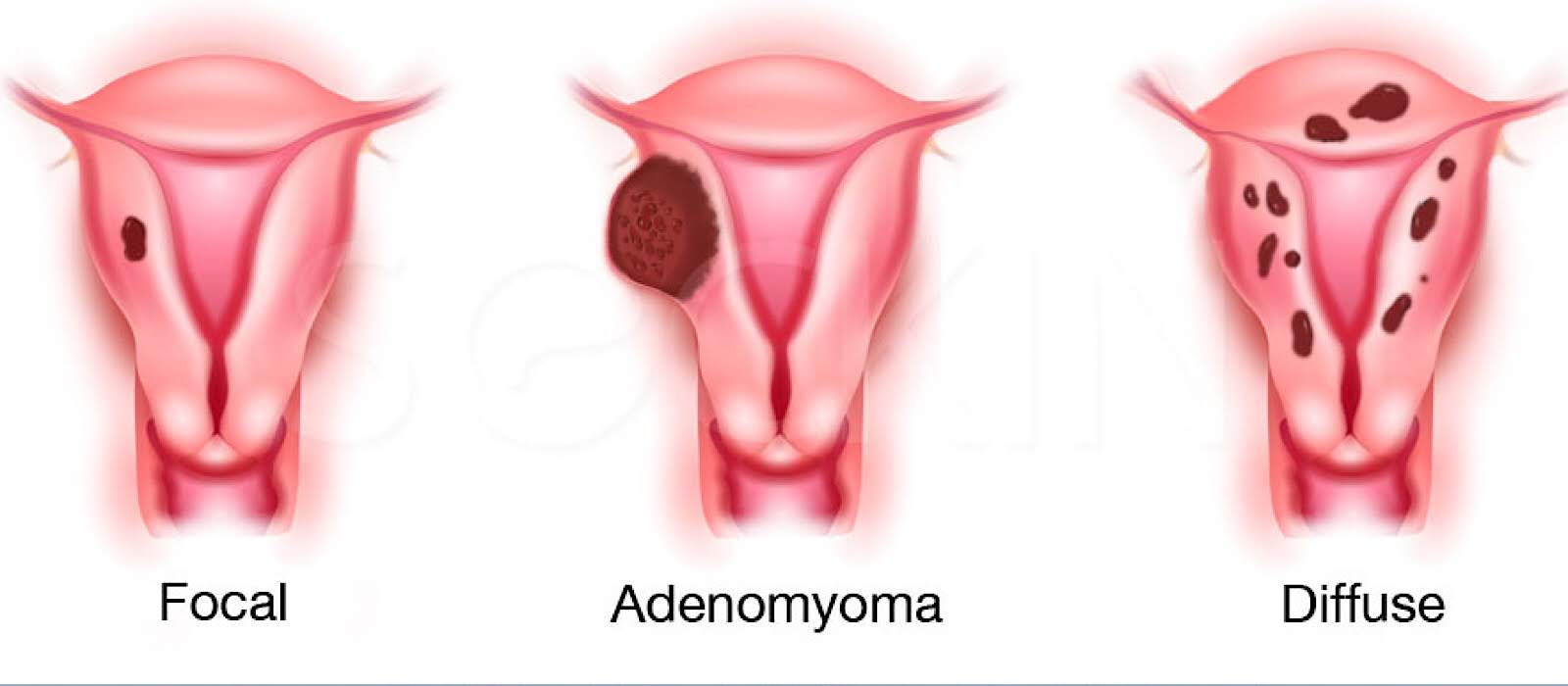
What causes adenomyosis is not known. But the illness normally vanishes after a woman is in post-menopause. For those women who have more severe pain from this disease. There are opportunities for treatments which may help but the only total cure is to have a hysterectomy.
Although this condition can be very painful, adenomyosis is normally harmless.
Views of Normal pelvic organs with ultrasound.
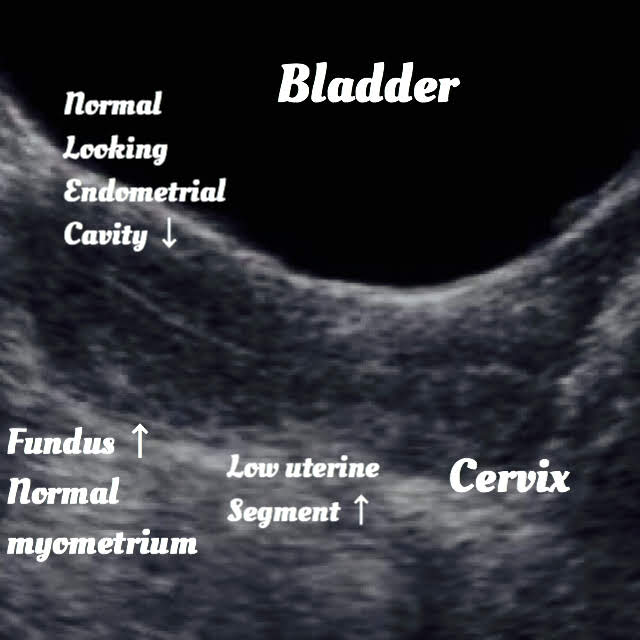
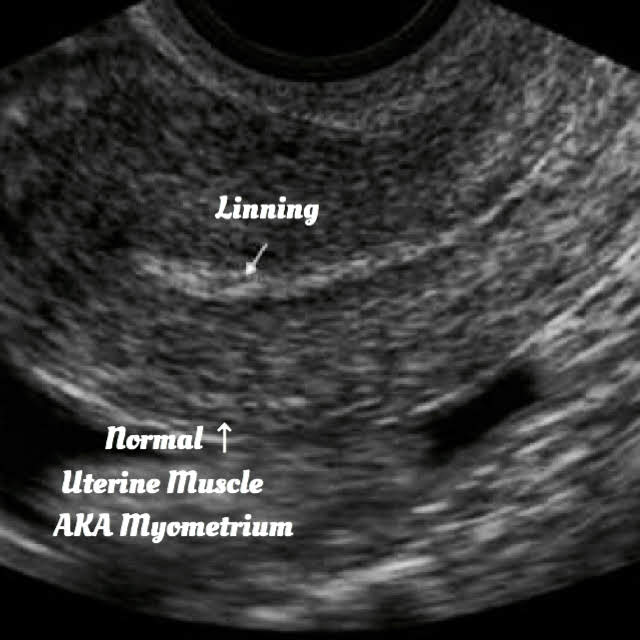
Adenomyosis Symptoms
Adenomyosis is often called “silent” because with some women it causes no symptoms or signs and only causes mild discomfort. But in other women the following symptoms and signs can be experienced:
- Prolonged and heavy menstrual bleeding.
- Severe cramping during menstruation this is known as dysmenorrhea.
- Pain while having intercourse.
- Passing clots of blood during the period.
- Bleeding in between monthly periods.
A woman’s uterus can increase to almost double its regular size. Although a woman may not know that the uterus is enlarged, she might notice that the lower abdomen does feel tender or seem bigger.
If a woman experiences any of the symptoms or signs of adenomyosis, like heavy, prolonged bleeding during her periods or cramping which is severe and interferes with normal activities, then it is time to schedule a visit to see her primary care physician or her gynecologist.
Learning something new? Pin this image and share it to other women who might need this information here!

Adenomyosis Diagnosis
The physician may be suspicious of adenomyosis based on the following:
- Pelvic examination that reveals an enlarged uterus and that is tender when touched, plus all the other typical. symptoms discussed previously.
To obtain a diagnosis one of these two might be ordered:
- Uterus magnetic resonance imaging or MRI.
- Pelvic ultrasound.
How Adenomyosis is seen on Ultrasound:
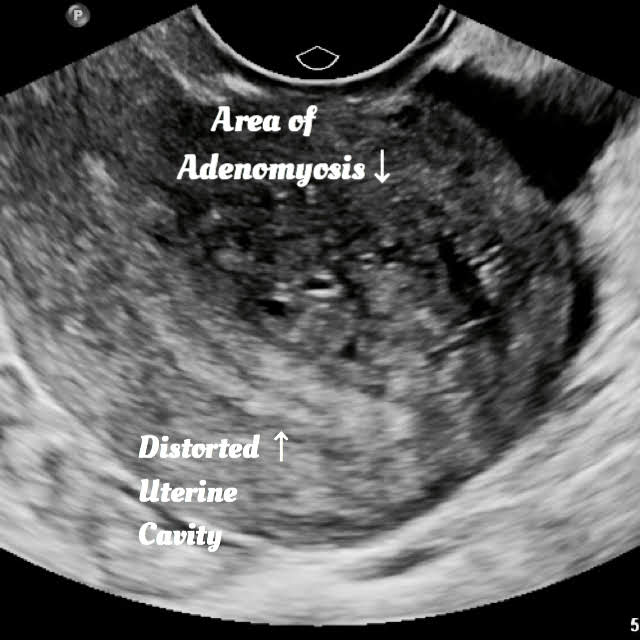
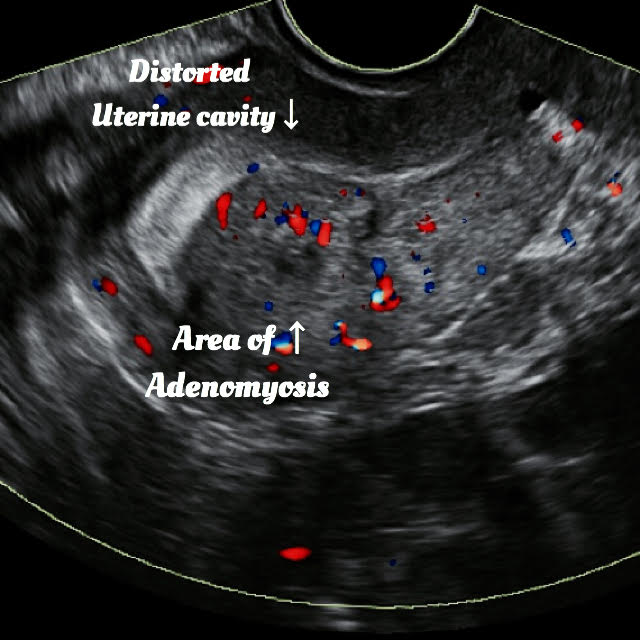
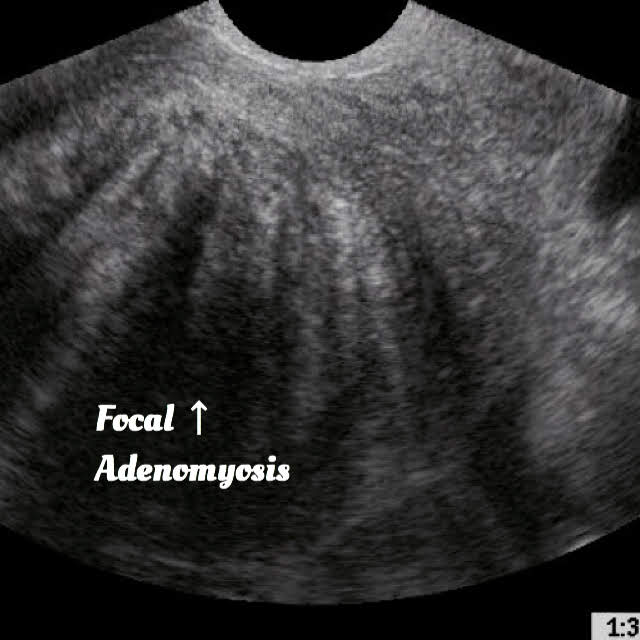
In some cases, the physician may do a biopsy of the endometrial tissue which is just a section of the cells from the lining of the uterus to test.
There are other diseases of the uterus which many women can have which causes the symptoms and signs to be comparable to adenomyosis thus making adenomyosis much more problematic to diagnose. Some of these conditions comprise uterine cell growth outside the uterus in other areas of the pelvic cavity (endometriosis), fibroid tumors (leiomyomas), as well as growths in the lining of the uterus (endometrial polyps). A physician can only diagnose adenomyosis after eliminating any other reasons for the symptoms or signs.
Hysterectomy Surgery and Adenomyosis
A hysterectomy, or the removal of the uterus, is a treatment options doctors may consider only when symptoms are severe and cannot be managed until menopause. While a hysterectomy is a serious approach to treating adenomyosis, it can effectively eliminate symptoms. Given the high potential for misdiagnoses of adenomyosis and the fact that other treatment options are available, the general consensus is that the need for a hysterectomy should be assessed on a case-by-case basis.
Read other related posts:
All about uterus, Fallopian tubes and ovaries.
Uterine Fibroid’s, how to naturally treat and prevent them.
Ovaries, hormonal cycles and common cysts.
Some TIPS for dealing naturally with Adenomyosis, check this link.
Conclusion of adenomyosis.
As I mentioned before doctors aren’t sure what causes adenomyosis, but the good news is that the disease usually resolves after menopause. For women who have severe discomfort from adenomyosis, hormonal treatments can help tremendously. Removal of the uterus (hysterectomy) cures adenomyosis completely. I hope this post was helpful to you. Share it to your social media and share your thoughts in the comments below.
Zadi XO
Disclaimer: Due to HIPPA compliance and regulations all patient information is protected on this site. Also, the information provided on my blog is designed to provide helpful information about the topic and are made with the best of my knowledge, therefore, is not intended to diagnose or treat any medical condition, For diagnosis or treatments on any medical problems consult your own physician. The author is not responsible or liable for any mistreated pathologies or wrong treatments.


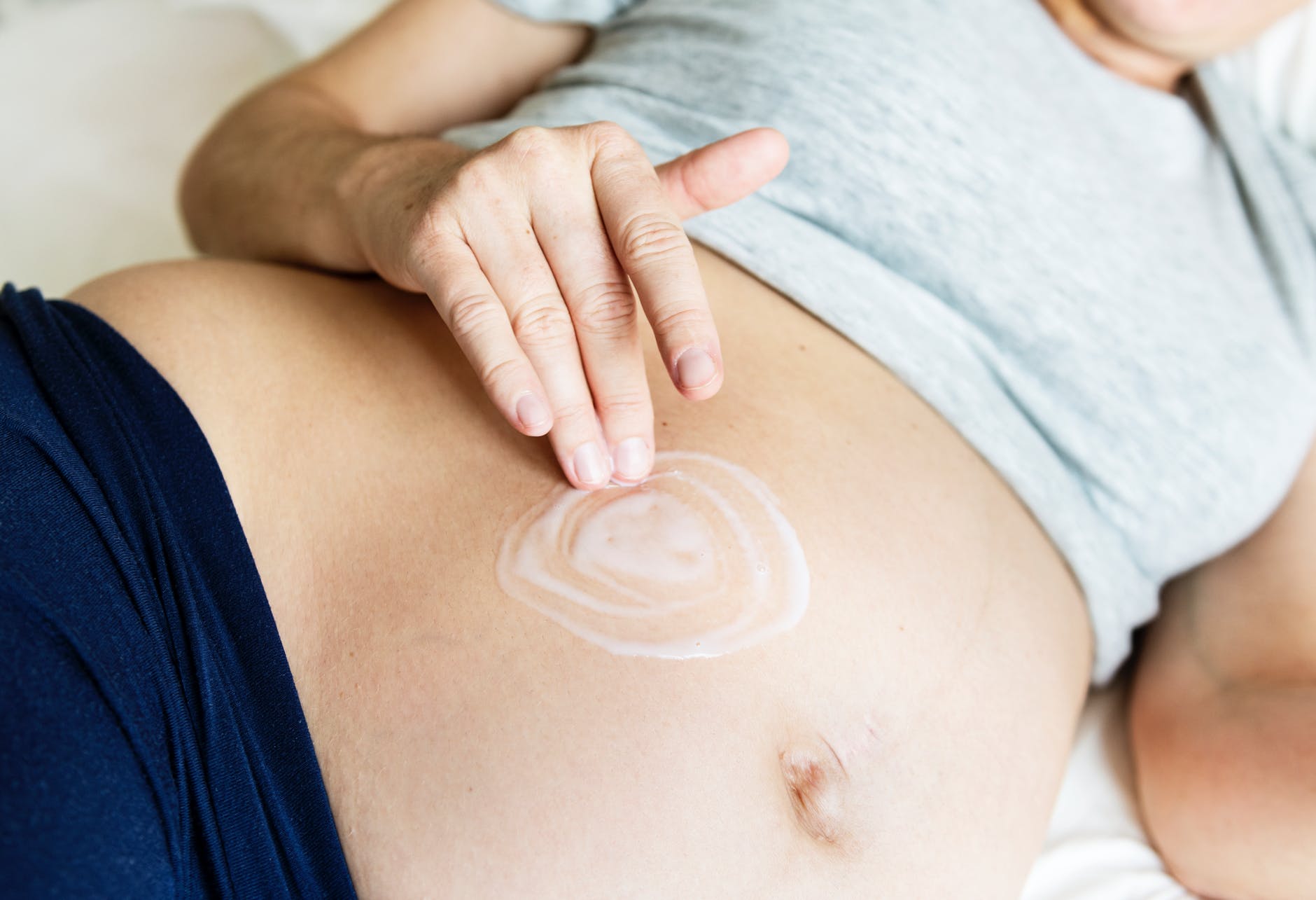







Hey Zedi love your posts they are full of helpful information!!
Thanks my love ?
My pleasure ??
Very interesting post
Thanks Denise , I am very glad you think so
Thank you so much for sharing this. I am currently dealing with this my doc recommend complete hysterectomy. my case is considered severe as my blood count is low.6.5 I have had iron infusions and placed on megace to stop bleeding.This diagnosis is all new so I thank you for the info.
Hi crystal, thanks for sharing your thoughts with us, I am happy that you find this post helpful, that’s a compliment for me. Yes, Adenomyosis is condition that affects women of all ages. It is defined as the presence of ectopic nests of endometrial glands and stroma within the muscle of the uterus. And is a common cause of painful, heavy periods and also chronic pelvic pain, and unfortunately is often underdiagnosed. Usually the best treatment is hysterectomy. I know that surgery sounds scary, but on the long run will save your life. Please keep me posted. Thanks
Hey there…. do you know by any chances those w adenomyosis able to conceive? Any help on this?
Hi Auni, unfortunately for women with adenomyosis is hard to conceive, even with IVF treatment and also have a high porcentaje of experiencing a miscarriage if a pregnancy develops. The good news is that, for some women with surgery, or hormonal treatment a pregnancy might be possible. I strongly suggest you to see your doctor if you want to explore your possibilities. I hope this helps ?
It is not my first time to pay a visit this web page, i am browsing this web site dailly and take pleasant data from here every day.
Thanks
Please post more along these lines? It’s proven very useful for me.
I just added this blog to my feed reader, great stuff. Can’t get enough!
Impressed with the information you presented here, very helpful and easy to understand. Thank you so much, I’ll be back.
Thanks
After examine a number of of the blog posts in your website now, and I really like your way of blogging. I bookmarked it to my bookmark website record and will be checking back soon. Pls check out my website online as effectively and let me know what you think.
[…] in order to get long lasting relief. If the reason of the dysmenorrhea are fibroids, endometriosis, adenomyosis or any other medical condition then all these remedies will help temporarily. However, these are […]